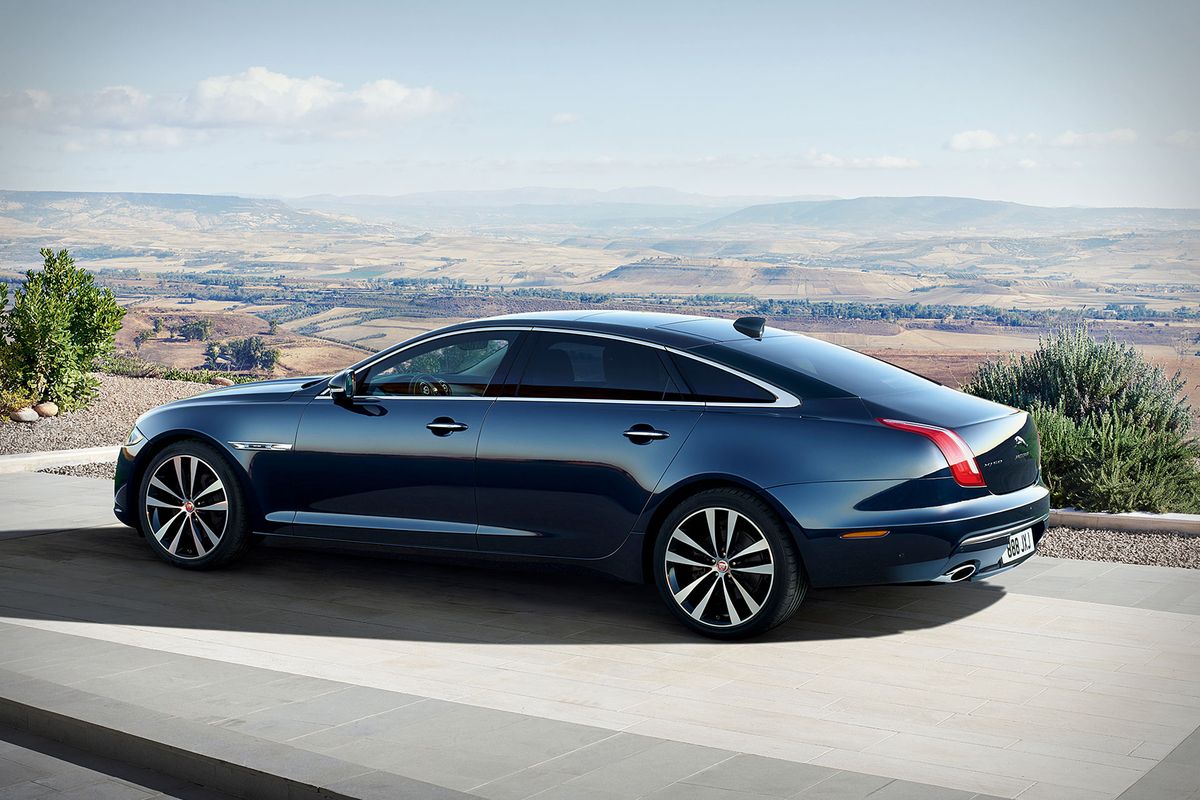As a die-hard automobile addict, few things bother me more than brake lights’ flickering, unpredictable failure. A tiny bulb at the back of your sedan, yes, but its function is massive — warning other drivers you’re slowing down, and keeping you from becoming a crash statistic.
In the age of LED evolution and smart circuitry, you’d expect all modern sedans to deliver consistent performance, but alas, some still fail the brake light reliability test.
This blog dives into a real-world problem often overlooked until it’s too late — brake light burnout. We’re talking blown fuses, bulb outages, faulty sockets, and low-grade wiring issues that lead to repeat failures.
For those of us who cherish both safety and the aesthetics of a perfectly maintained tail section, brake light issues are a total buzzkill.
So I’ve compiled this list based on reviews, user forums, maintenance records, and obsessive observations. You’ll read about 5 sedans known for bulletproof brake light performance — no fuss, no flicker, just pure reliability. And then, the flipside: 5 sedans notorious for brake light burnout — where you might as well keep a box of bulbs in the glove compartment.
5 Sedans Whose Brake Lights Never Burn Out
These five sedans stand tall in the world of consistent illumination. With high-quality LED setups, top-tier electrical systems, and thoughtful engineering, they hardly ever require a brake light replacement.
Owners report years of use without a single flicker, making them dream cars for safety-conscious drivers who hate maintenance hiccups. Let’s shed some bright, unwavering light on these champions.
ALSO READ: 10 Junkyard-Survivor Cars That Are Still Running Today
1. Toyota Camry
The Toyota Camry isn’t just one of America’s best-selling sedans — it’s also a symbol of low-maintenance brilliance. One of its most unsung perks? Practically indestructible brake lights.
Since the late 2010s, Toyota has equipped the Camry with LED brake lights that are built to outlast the life of the car itself. These LEDs are integrated with stable resistors and consistent power flow designs that minimize heat and eliminate the common culprits of burnout.
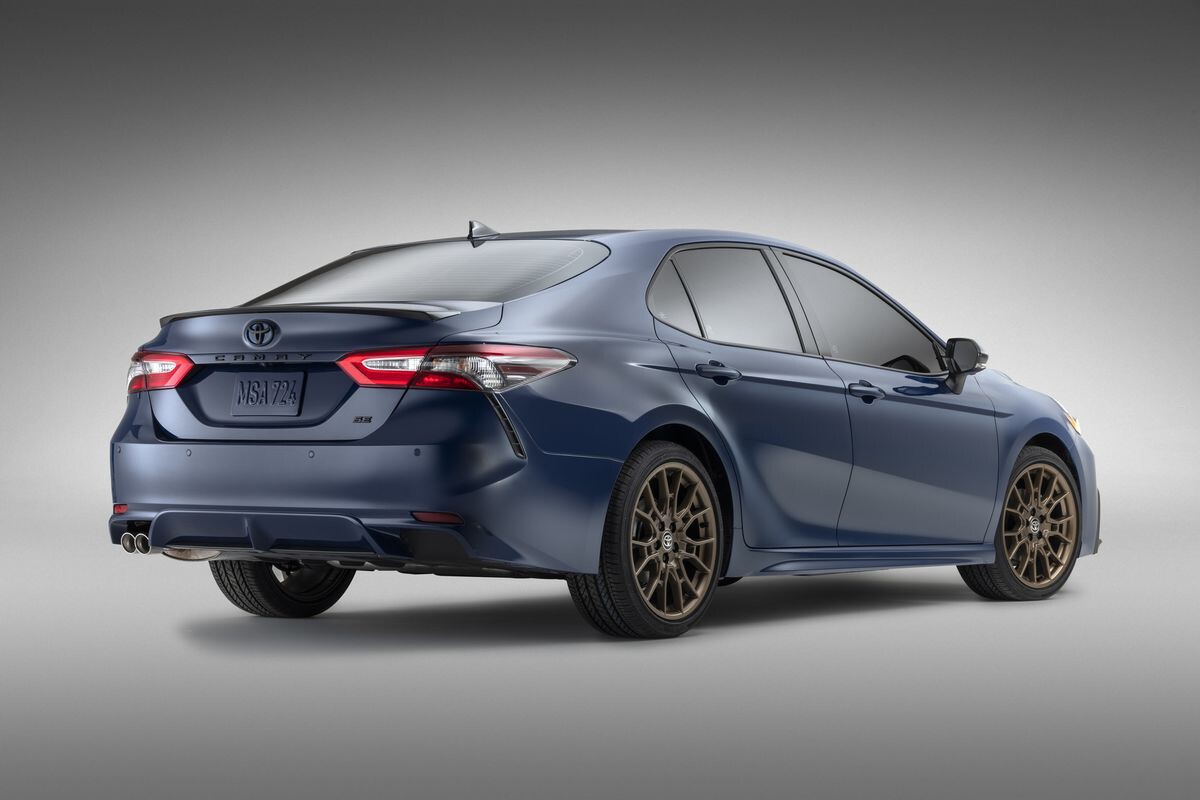
Whether you’re driving the base LE or the top-tier XSE, the lighting reliability is identical. Camry owners on forums like ToyotaNation rave about their tail lights still going strong after 5 to 7 years without a single issue. DIY fans even report struggling to find videos on Camry brake light replacements, because it simply doesn’t come up.
Add in Toyota’s bulletproof wiring harness design, and you’re looking at a sedan that makes brake light issues a non-existent problem. Not to mention, it’s also cost-effective — you’re saving money, time, and stress.
2. Honda Accord
If the Camry is the king, the Honda Accord is its loyal knight, known for performance and durability, with a loyal following. But one thing that makes Accord lovers smile? It’s everlasting brake lights.
Honda made the switch to advanced LED systems in most of their trims post-2016, and the Accord has seen almost zero major complaints when it comes to rear light failures. The integrated light clusters resist water seepage (a common failure point), and the bulb housing stays cool thanks to proper airflow design.

What truly separates the Accord is its self-monitoring system — if there’s a bulb issue, it alerts you before it completely goes out. But honestly, that warning rarely appears. Mechanics even joke that Accord rear lights die of boredom rather than burnout.
Brake light longevity here is a combo of clever electrical architecture and Honda’s obsession with long-lasting parts. You won’t find many Accord owners posting “How do I change my brake lights?” videos, and that’s a sign of pure lighting victory.
3. Mazda6
The Mazda6 might fly under the radar in the sedan world, but its brake light durability deserves a spotlight.
With its sleek KODO design and driver-focused cabin, it’s easy to forget that the 6 also packs high-efficiency LED clusters that almost never fail. The setup is smartly engineered to distribute heat evenly and maintain consistent voltage, two things that play a huge role in long-term lighting performance.
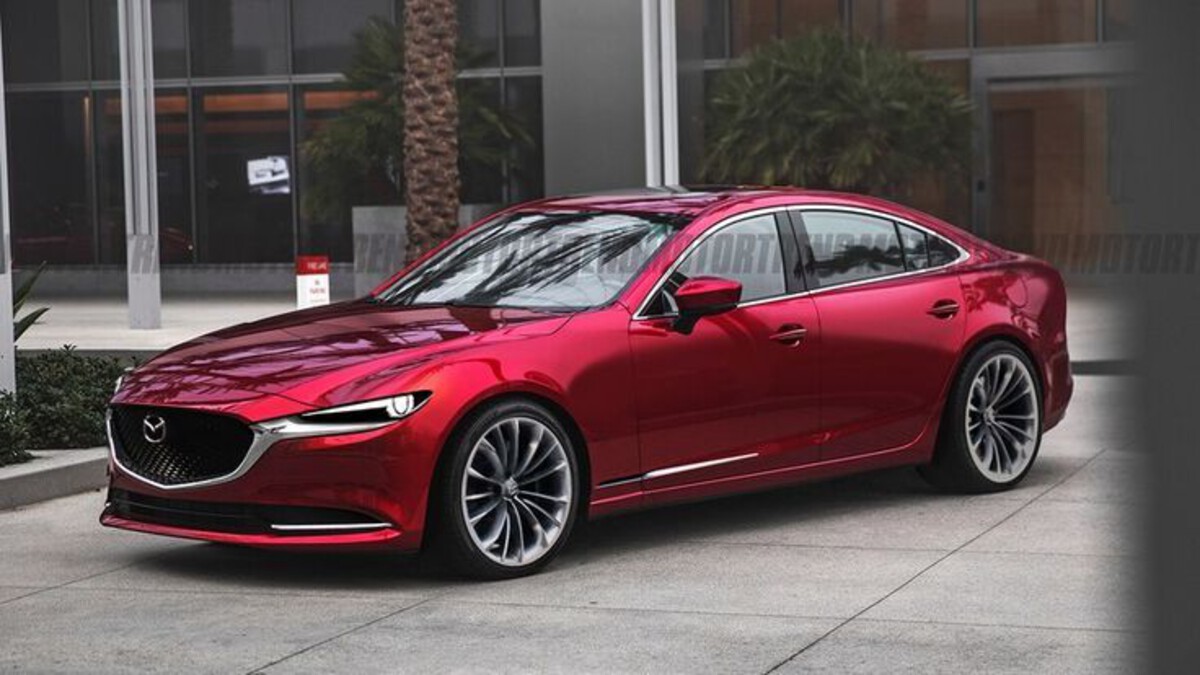
Drivers report that even high-mileage Mazda6s from 2015 onward retain their original brake lights, and replacements are so rare they feel ceremonial when they happen. Add in Mazda’s emphasis on waterproof housing and dust resistance, and you’ve got a rear-light fortress.
Another small win: the LEDs used in the Mazda6 are serviceable but rarely need service. That’s the sweet spot every automaker should aim for. Whether you’re a daily commuter or a weekend warrior, you won’t find yourself crawling under the trunk with a flashlight every six months.
4. Subaru Legacy
The Subaru Legacy doesn’t just conquer snow — it conquers the annoyance of blown brake lights, too. Built with all-weather durability in mind, its lighting system reflects the same no-nonsense engineering.
Legacy sedans post-2017 use high-resilience LED arrays with excellent heat dissipation. Subaru’s electrical systems are designed for rough terrain, extreme temperatures, and long drives, which means every component, including the brake lights, is made to go the distance.
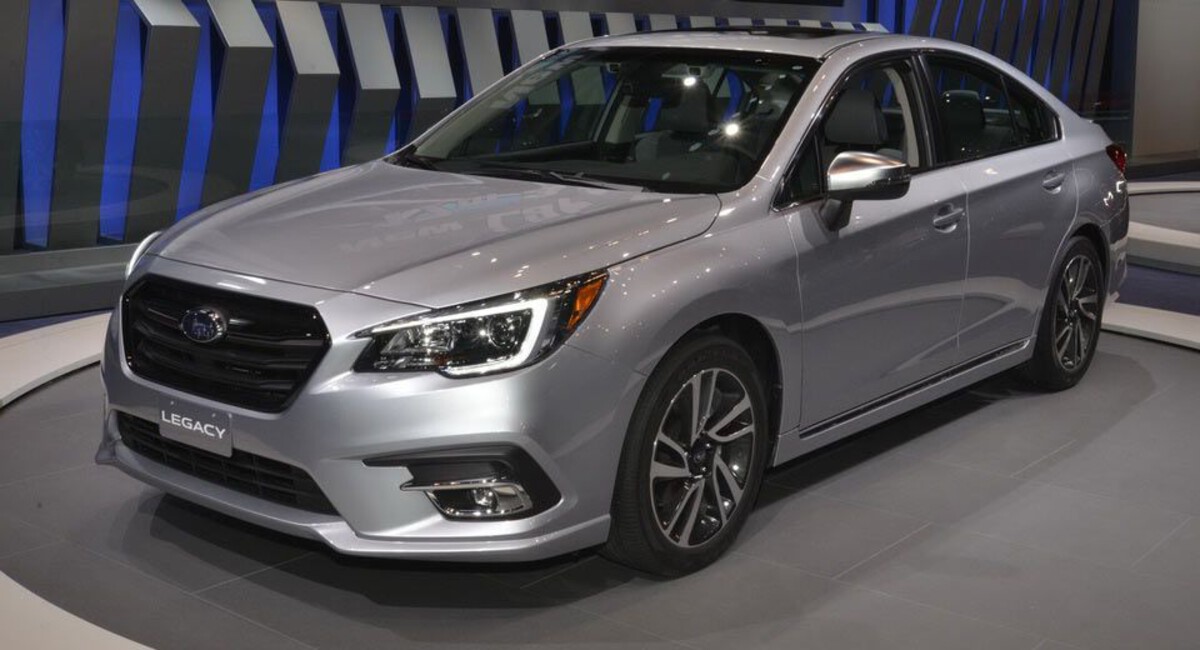
The Legacy also benefits from a tight seal structure, which keeps moisture out even in rain-heavy states like Oregon or Vermont. Brake light replacements are virtually unheard of unless the car has been in an accident.
Add to that Subaru’s consistent use of OEM-quality parts, and you get reliability baked into every bolt and bulb. If you’re the kind of driver who craves peace of mind with every press of the brake pedal, the Legacy delivers.
5. Lexus ES
Luxury shouldn’t just look good — it should also work flawlessly. And the Lexus ES embodies that mantra with brake lights that simply don’t quit.
Since adopting full LED tail light assemblies in the early 2010s, the ES lineup has maintained a zero-tolerance approach to bulb failure. Lexus engineers designed its lighting not just for brightness, but endurance.
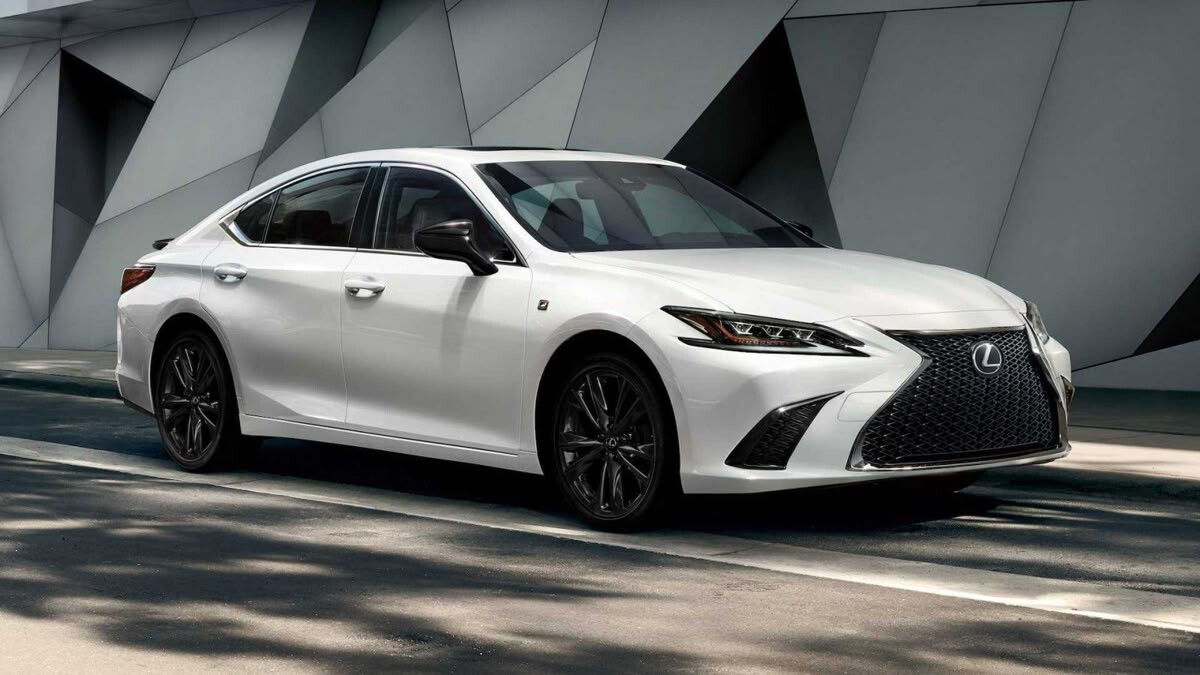
The ES uses premium diodes that don’t degrade easily, housed in optically polished lenses that maximize visibility without straining the components.
Combine this with Lexus’ reputation for overengineering every detail, and you’ve got a sedan whose brake lights often outlive the ownership itself. Service centers rarely see brake light issues on an ES unless it’s aftermarket tampered or suffers collision damage.
For those wanting luxury with minimal maintenance, this is it — a dependable, graceful performer that refuses to flicker out when it matters most.
5 Sedans With Frequent Brake Light Outages
Even great sedans can have their flaws, and for these five, brake light reliability isn’t a strong suit. From poor wiring to heat-sensitive bulbs, these cars are known to frustrate owners with flickering, failed lights. If you’ve owned any of these, you’ve probably visited the auto parts store more than once. Let’s flip the switch on these frequent offenders.
ALSO READ: 5 Engines That Somehow Get Better Performance With Age
1. Chevrolet Malibu
Stylish, affordable, and comfortable — yes. But when it comes to brake light reliability, the Chevrolet Malibu misses the mark.
Especially in models from 2013 to 2018, Malibu owners faced a recurring nightmare of brake light failures. Faulty sockets, overheating issues, and poorly crimped wiring led to countless service visits. Some even reported their third brake light staying on continuously — burning out early or draining the battery.
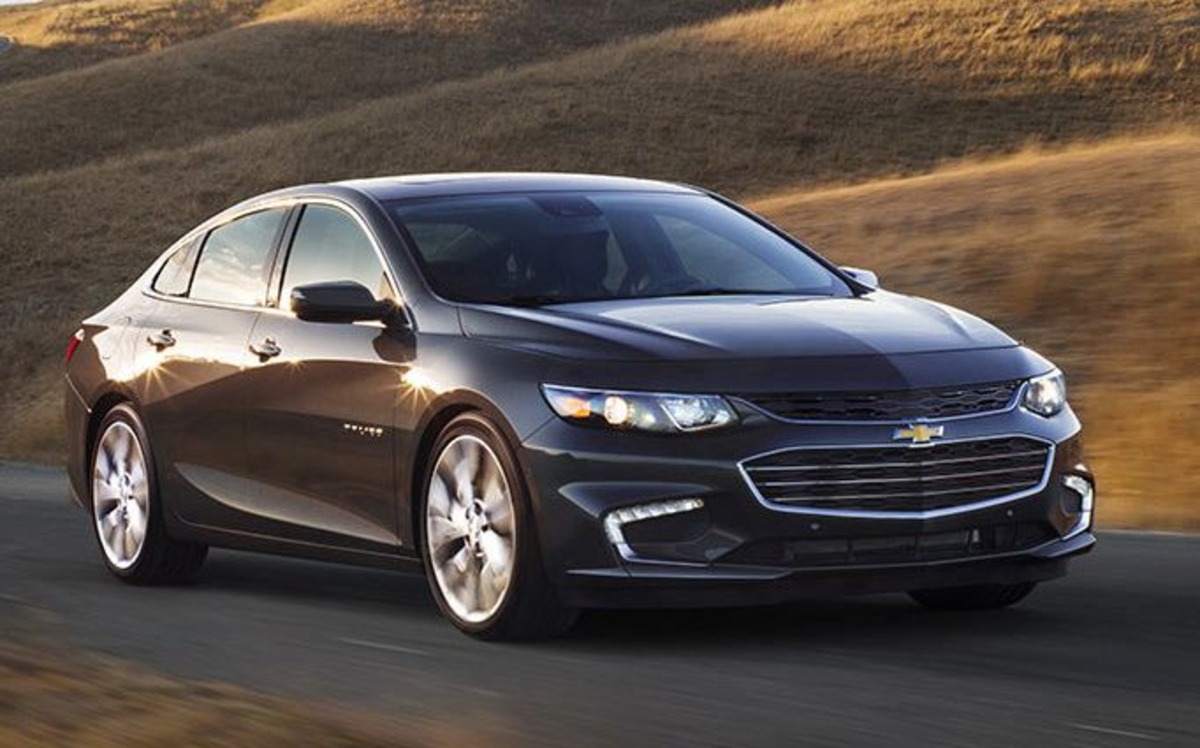
A class-action lawsuit even spotlighted GM for its widespread rear light malfunctions in the Malibu. Even newer models, while improved, haven’t completely shaken the stigma.
On Chevy forums, you’ll find entire threads dedicated to DIY fixes for recurring light issues, including resistors, rewiring, and aftermarket upgrades. When you’re that familiar with the inside of your trunk panel, you know something’s off.
2. Nissan Altima
Reliable engine, sharp design — but the Nissan Altima’s rear lights are an Achilles’ heel.
Owners of Altima models from 2014–2019 frequently complain about brake light burnout, sometimes as early as 30,000 miles. The issues range from faulty switch mechanisms to poor-quality bulb sockets that fail to hold contact.
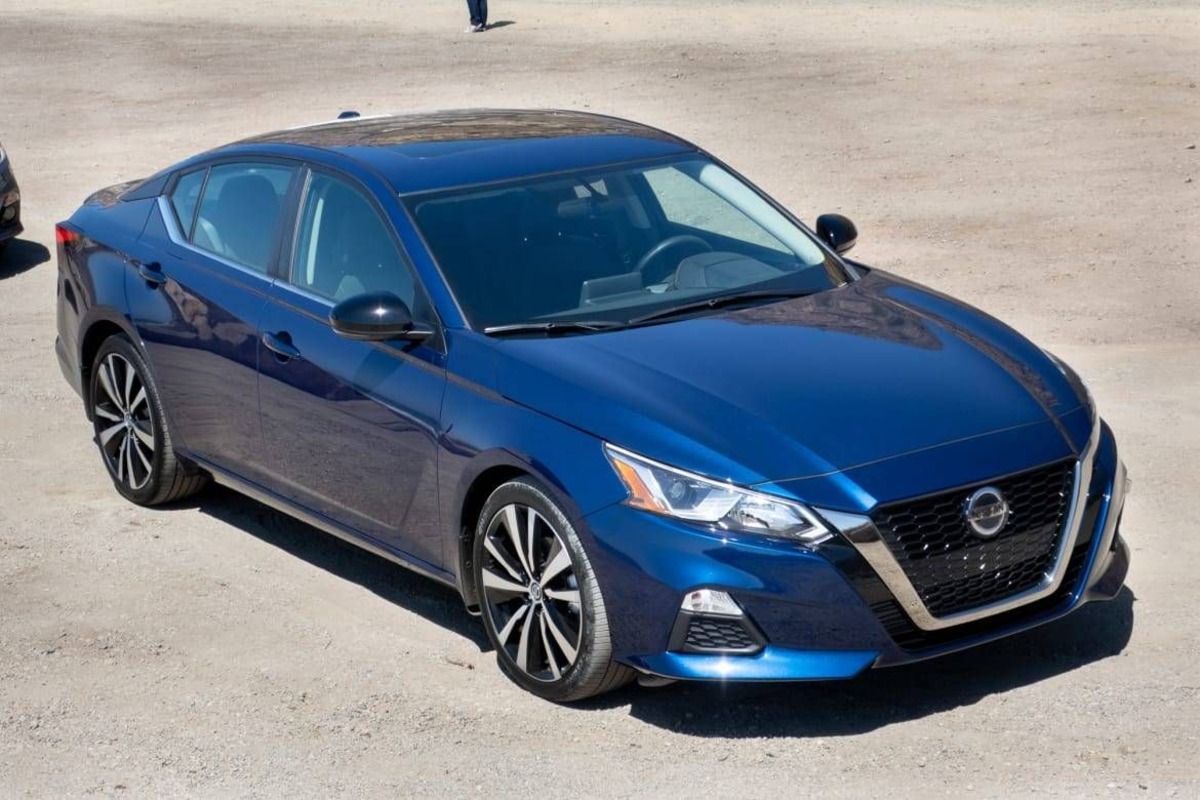
Worse yet, the Altima tends to use inexpensive incandescent bulbs, which not only burn out quickly but also heat up excessively, damaging the housing over time. Replacement is simple, but having to do it every 10,000 miles? That’s irritating.
The electrical gremlins don’t stop there. Some users also report erratic brake light behavior, like dim flickers or delayed illumination — a dangerous issue on fast-paced highways.
3. Hyundai Elantra
The Hyundai Elantra gets a lot of praise for fuel efficiency and affordability, but in the brake light reliability department, it often falls short.
Particularly in models between 2012 and 2017, drivers frequently report premature brake light failures, and not just the occasional bulb. The real issue lies in faulty brake light switches that either fail to signal altogether or get stuck in the “on” position, draining the battery and frustrating owners.
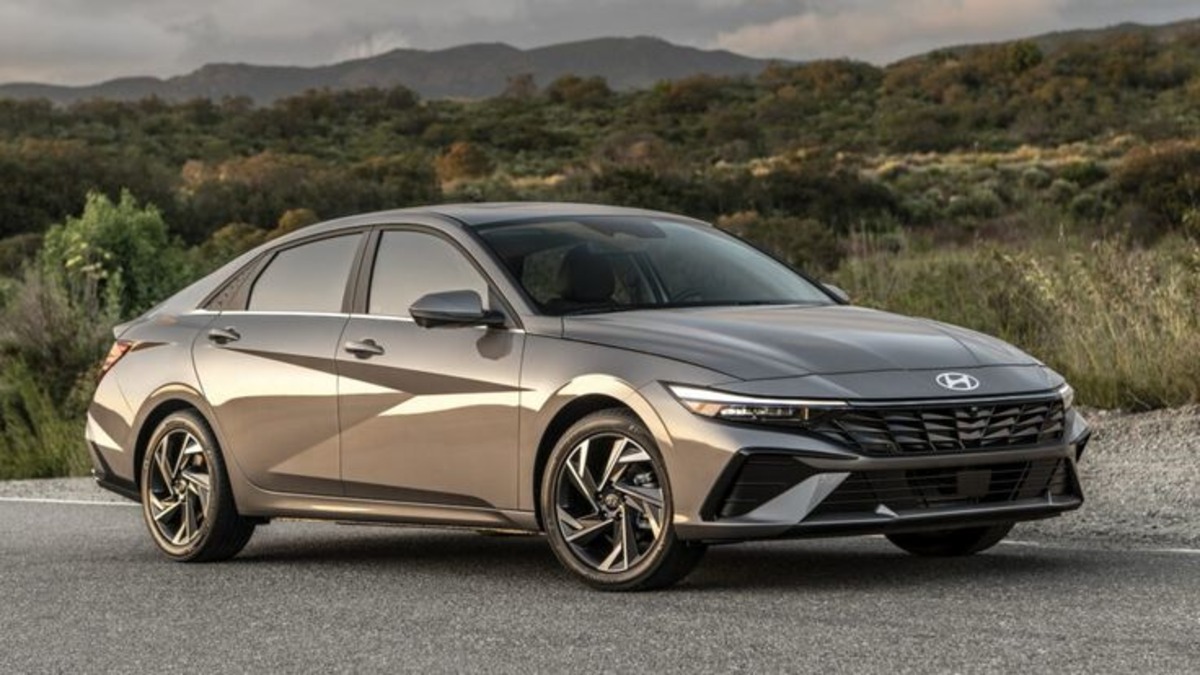
In some cases, multiple bulb replacements within the same year have been reported. Add that to the fact that some Elantras use conventional halogen bulbs instead of LEDs, and you’ve got a car that’s more prone to heat damage and filament breakage.
The worst part? The location of the brake light assembly can make quick swaps a knuckle-busting chore. Unless you’re comfortable removing trunk liners or light housings, it’s a mechanic visit every time.
Many Elantra owners have resorted to aftermarket LED upgrades to combat the issue, but that shouldn’t be necessary on a modern sedan. It’s a blemish on an otherwise practical vehicle.
4. Ford Fusion
The Ford Fusion has enjoyed a solid reputation in the mid-size sedan world, but for many drivers, the brake light performance tells a different story.
Owners of 2013–2019 models often note intermittent brake light outages that seem to come and go like a ghost. Whether it’s the tail light housing getting too hot, poor grounding connections, or connector corrosion, the result is the same — one or more brake lights that fail without warning.
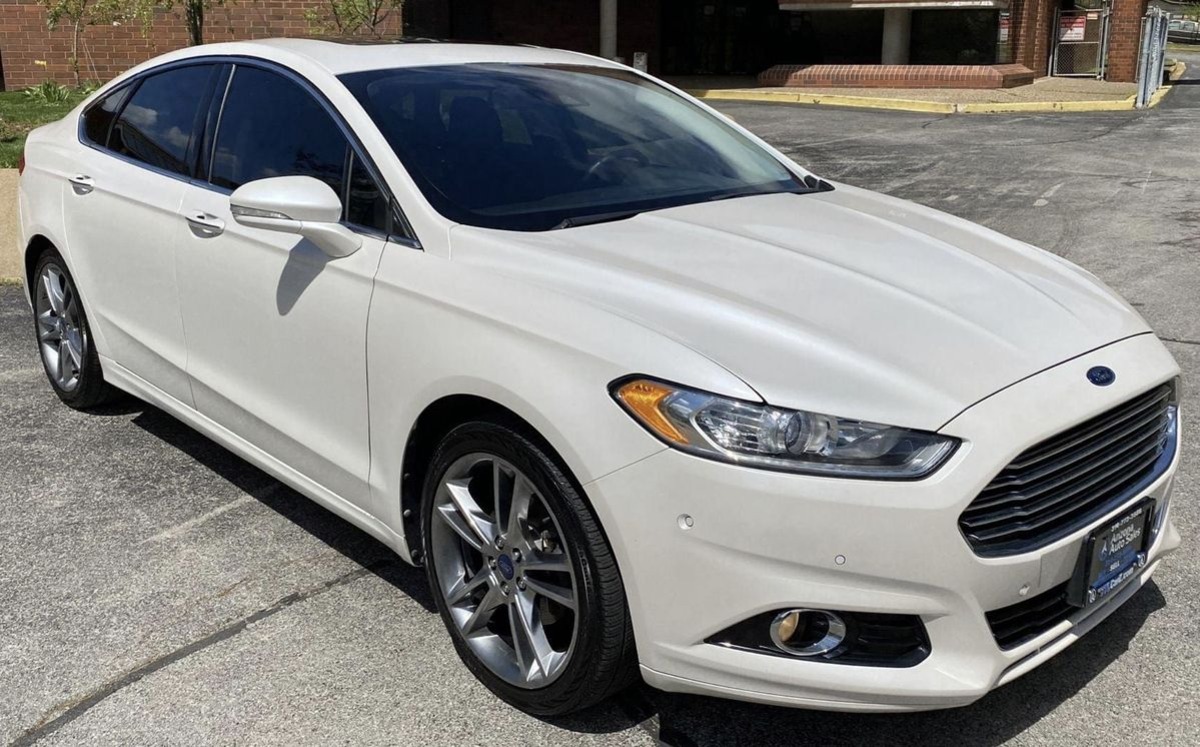
Many Fusion models also have their lights wired through Body Control Modules (BCMs), which complicates diagnosis. A simple blown bulb might actually be a signal error or a glitch in the BCM, making this more than a backyard fix. This also means that replacing a bulb doesn’t always solve the issue — which is maddening.
Add to that the use of halogen bulbs in many trims, and you’ve got all the ingredients for regular replacements and electrical frustration.
Drivers on Ford forums commonly share tales of returning to the dealership multiple times for light issues — not ideal in a sedan otherwise praised for comfort and drivability.
5. Volkswagen Jetta
The Volkswagen Jetta may have that solid German feel, but it’s not immune to brake light drama.
A common issue across 2012–2018 Jettas involves tail light assembly failures, including short circuits, poor bulb socket design, and water ingress. You read that right — moisture creeping into the brake light housing, even in relatively new models. This causes not only bulb failures but also corrosion on the contacts, leading to electrical shorts and repeated maintenance.
On top of that, Jettas often use proprietary bulbs and harnesses that are harder to replace than your standard off-the-shelf parts.
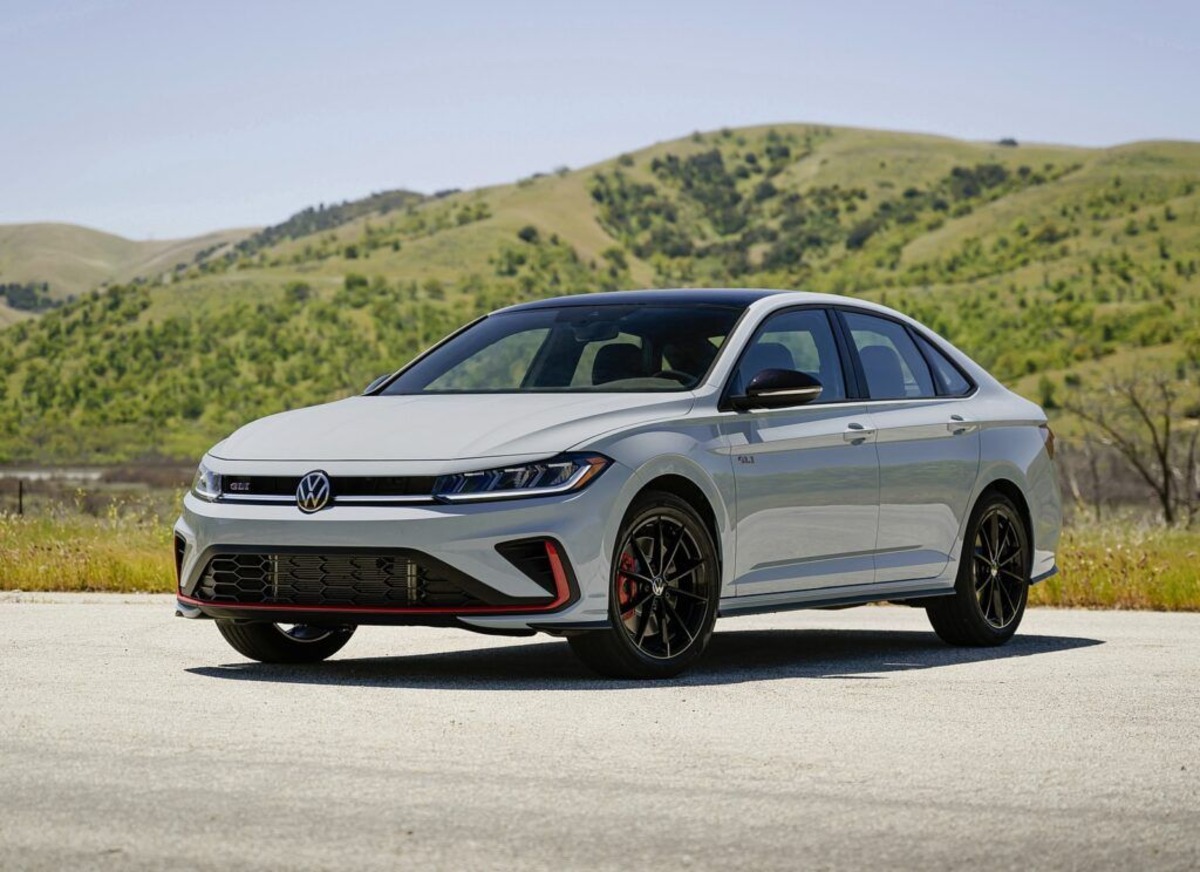
In fact, some owners have reported needing dealer-only replacements for seemingly simple components, turning a $10 fix into a $150 service.
The complaints aren’t limited to bulbs either. Faulty brake light switches and inconsistent CAN bus communication with the light clusters are also common.
It’s unfortunate because the Jetta shines in many areas. But brake lights? Definitely a dark spot in the lineup.
When you’re navigating the world of sedans, brake light reliability might not be the first spec on your radar, but it absolutely should be. Beyond legal safety standards, functional brake lights are your silent guardians on the road, making sure drivers behind you stay alert and aware.
Sedans like the Toyota Camry, Honda Accord, Mazda6, Subaru Legacy, and Lexus ES stand out because their lighting systems are engineered for endurance, using LED technology, superior materials, and thoughtful wiring design. They keep your rear covered, literally and metaphorically, without making you sweat over bulb replacements every six months.
On the flip side, even otherwise solid sedans like the Chevy Malibu, Nissan Altima, Hyundai Elantra, Ford Fusion, and VW Jetta remind us that not all systems are built equal. Frequent outages, poor housing designs, and flawed electrical components can turn something as minor as a brake light into a recurring headache.
So, whether you’re shopping for your next ride or troubleshooting your current one, don’t overlook the brake light setup. Because sometimes, it’s not the engine or the touchscreen that saves your day — it’s that little red glow at the back.

